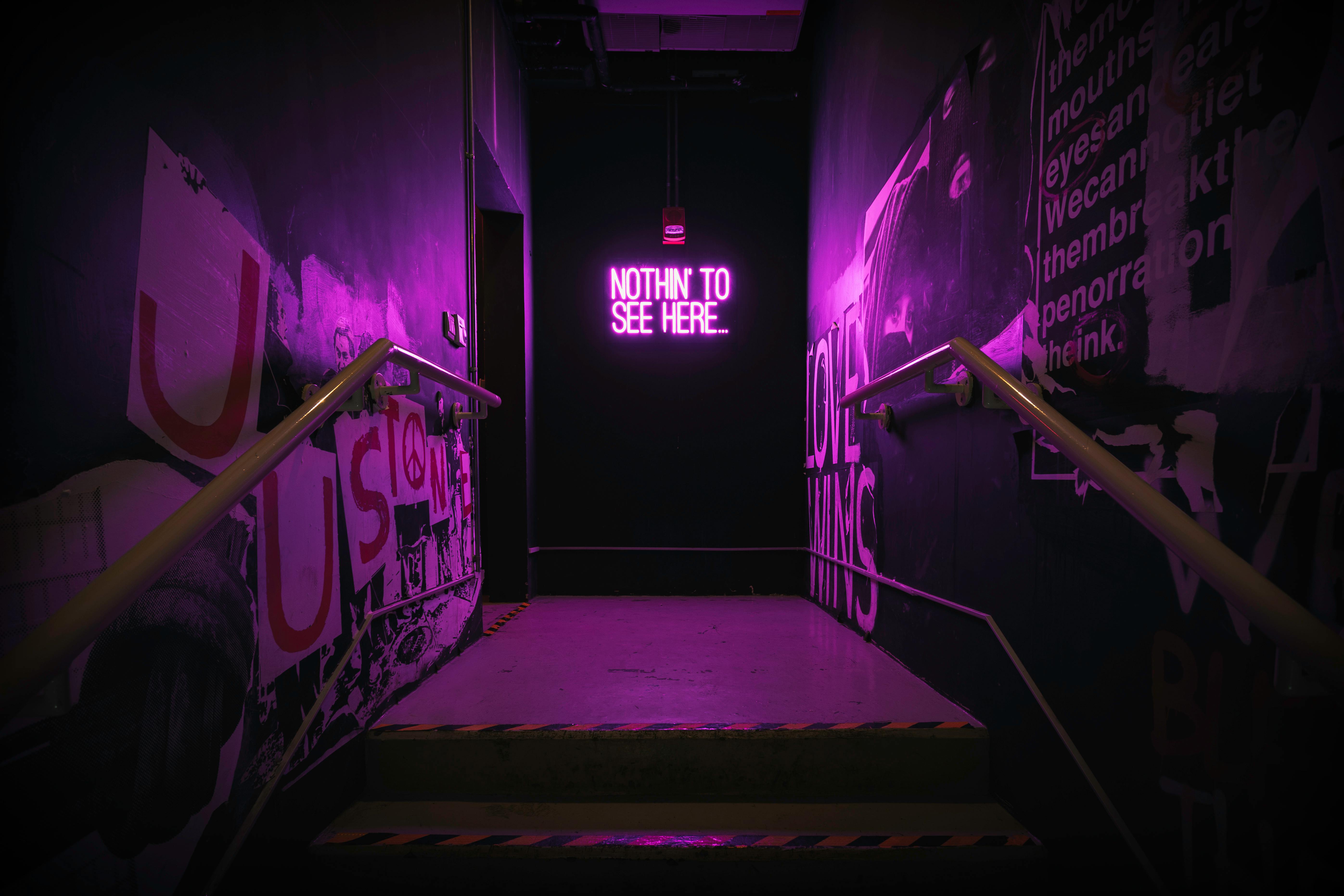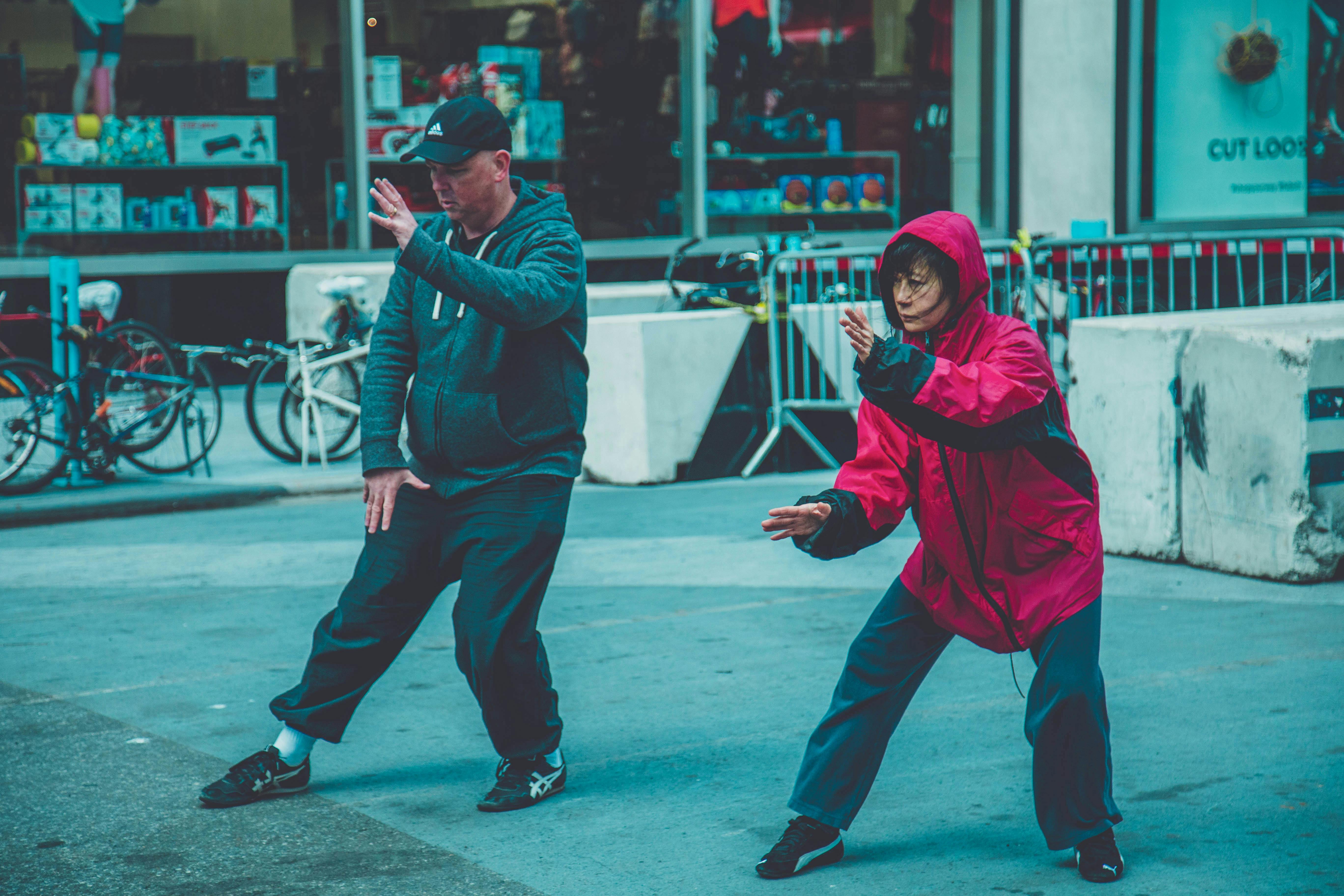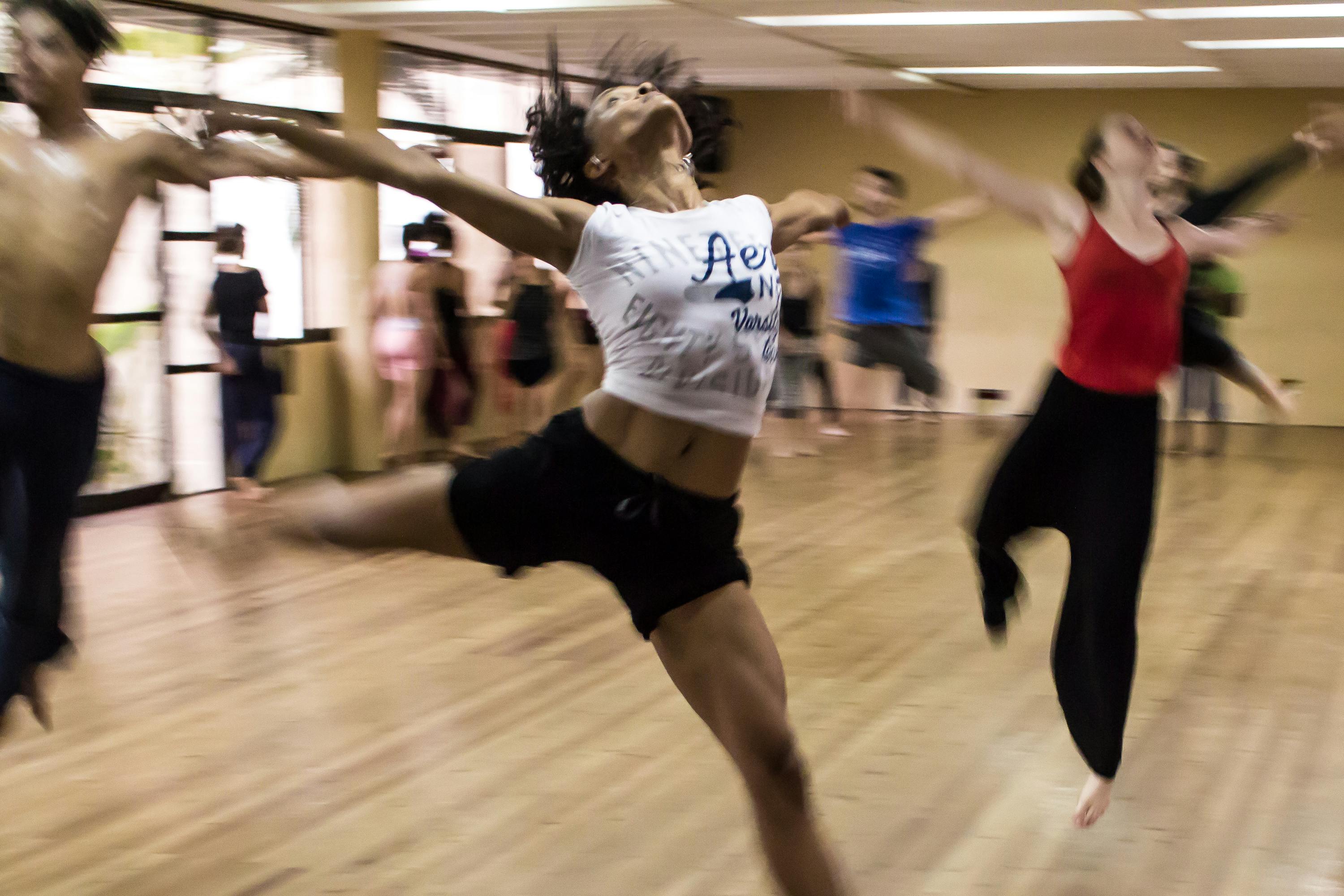Redefining Spaces: The Shift to Virtual Galleries in the Art World
The art world, a realm once dominated by physical spaces and tangible creations, is undergoing a digital transformation. With the rise of virtual galleries, artists and curators are redefining how we experience and engage with art. It's a brave new world of creativity.

The Genesis of Virtual Galleries
The concept of virtual galleries isn’t entirely new. Earlier, they were seen as a supplementary platform, a way to extend the reach of physical exhibitions. But now, they’ve evolved into a primary platform for showcasing art. This shift was catalyzed by the growing digitalization of our lives and the recent global events, particularly the pandemic, which necessitated a reconsideration of how art is presented and consumed.
The Current Wave of Virtual Art Spaces
Today, virtual galleries are increasingly becoming a norm. They are not just a response to the lockdowns but a long-term shift in the art industry. Artists and curators are leveraging technology to build immersive, interactive digital spaces that transcend physical limitations. Some galleries have even started using VR technology to enhance the viewing experience.
Significance and Impact of This Transition
Virtual galleries democratize access to art, breaking down geographical and socio-economic barriers. They have the potential to reach a broader audience, including those who might not typically visit a physical gallery. They also allow for innovative ways of displaying art, creating a more engaging and immersive experience for viewers.
On the flip side, this shift also raises questions about the value of physicality in art, the sensory experience of viewing a piece in person, and how these aspects are translated or lost in the digital realm.
Reception and Future Outlook
The reception of virtual galleries has been largely positive, with many viewing it as a natural progression in the evolving art world. However, there are also concerns about the digital divide and the loss of the traditional gallery experience.
As we move forward, the key will be in finding a balance between the physical and the digital, leveraging the strengths of both to create a richer, more inclusive art world.
The rise of virtual galleries is symbolic of the larger shift happening in our society. It’s a testament to the resilience of the creative community, adapting and innovating in the face of change. As we continue to navigate this new reality, one thing is clear - the way we engage with art is being redefined, and it’s an exciting time to be part of this transformation.






